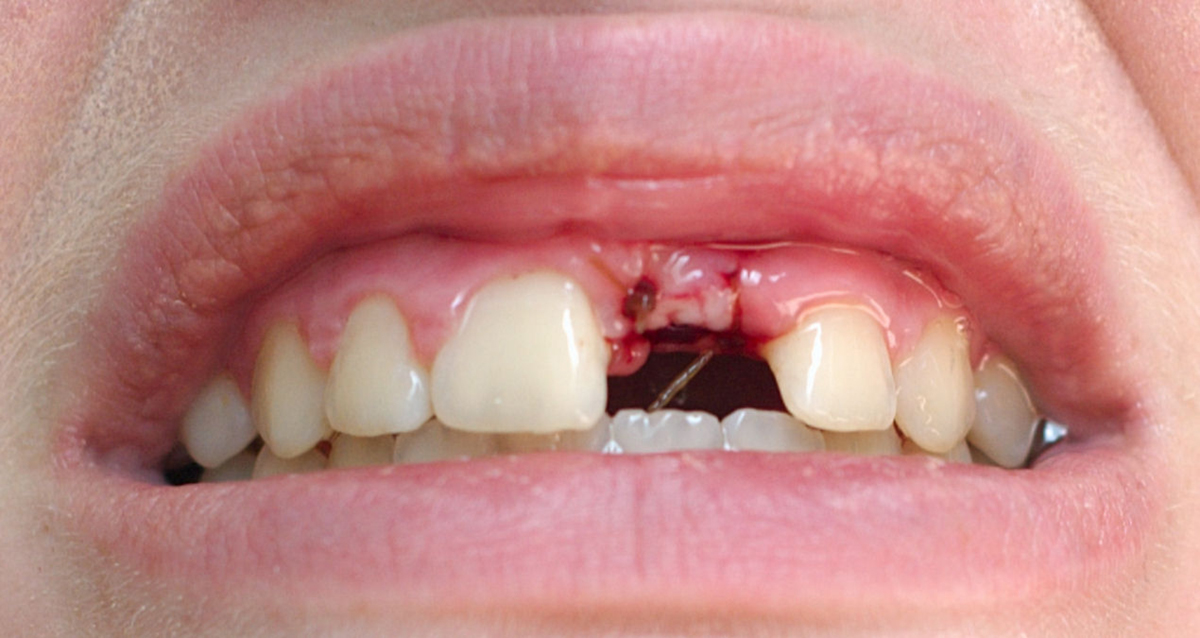Table of Contents
Orthodontic Treatment
Braces will form the first part of the treatment and should result in a correction of any malocclusion that has developed between the teeth. By the end of the treatment, all the teeth should have moved into their position and space where the teeth are missing should now be vacant.
Once this has been achieved, the doctor can choose how to replace the teeth using the available space.

Temporary Removable Partial Denture
Once space has been created it must be maintained until a permanent solution can be put in place. In the case of children, that permanent answer will have to wait till they are at least 18 years old or whenever their growth spurts are over.
A partial denture will provide a solution that will maintain the space and help in the patient getting used to the new aesthetics of their smile. The disadvantage of this method is that the prosthesis is not fixed and so must be removed every night and then put in again next morning.
It also moves around during eating and talking, causing discomfort to the patient.
Dental Implants
Once the patient is of age the best way to close the space permanently is through the use of dental implants. The treatment with dental implants has the advantage of avoiding any deliberate sacrifice of healthy tooth structure and also stimulates the underlying bone in a manner similar to the natural teeth.
The success of the treatment is very high and if taken care of they remain in the mouth without causing any trouble for decades. The high cost of the treatment is a potential downside of the treatment.
Bridges
If the patients cannot afford dental implants, which could be the case when multiple teeth are missing, then a fixed prosthesis using the supporting teeth, in other words a bridge, is a good option.
The patient may have to undergo an intentional root canal treatment if the supporting teeth develop sensitivity or pain after tooth preparation. Bridges last a long time, especially since an improvement in material sciences have made them much stronger than ever before. The success of the prosthesis depends on upon the health of the supporting teeth.
READ What Will Happen If You Do Not Replace A Missing Tooth?
Prosthetic Correction
Sometimes if space is limited and even orthodontic correction would not be able to achieve the required amount of space, an innovative solution can be tried. All the teeth are arranged through orthodontic correction, closing all spaces.
The front teeth, which would look odd in this state, can then be corrected using a combination of veneers or crowns. The end result would be an aesthetic smile with the appearance of all teeth.
Conclusion
The treatment of genetically missing teeth is a long and often expensive proposition. The nature of the problem is such that it is almost always detected later than is ideal and then requires a series of treatments to bring the entire jaw back into harmony.
- en.wikipedia.org/wiki/Hypodontia
- www.deardoctor.com/inside-the-magazine/issue-17/when-permanent-teeth-do-not-grow/
- www.ncbi.nlm.nih.gov/pmc/articles/PMC4336964/
- Photo courtesy of wastes: www.flickr.com/photos/wastes/4777051309/
- Photo courtesy of molotalk: www.flickr.com/photos/molotalk/3483864160/
- Photo courtesy of wastes: www.flickr.com/photos/wastes/4777051309/


Your thoughts on this